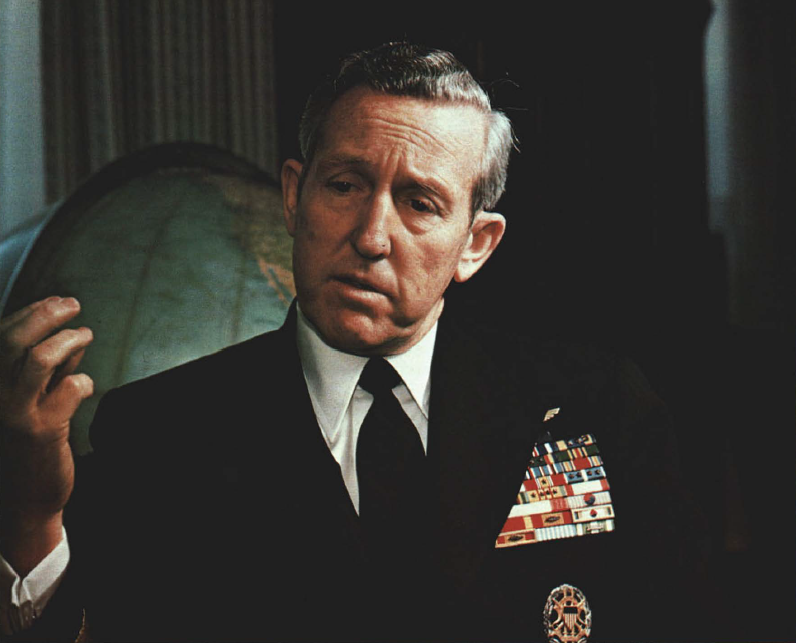
Former CNO Thomas Hayward Remembered For Professionalizing Navy, Taking on Soviets
Adm. Thomas B. Hayward, who served as the 21st chief of naval operations from 1978 to 1982, died March 3.…
Copyright 2024 U.S. Naval Institute. All Rights Reserved.